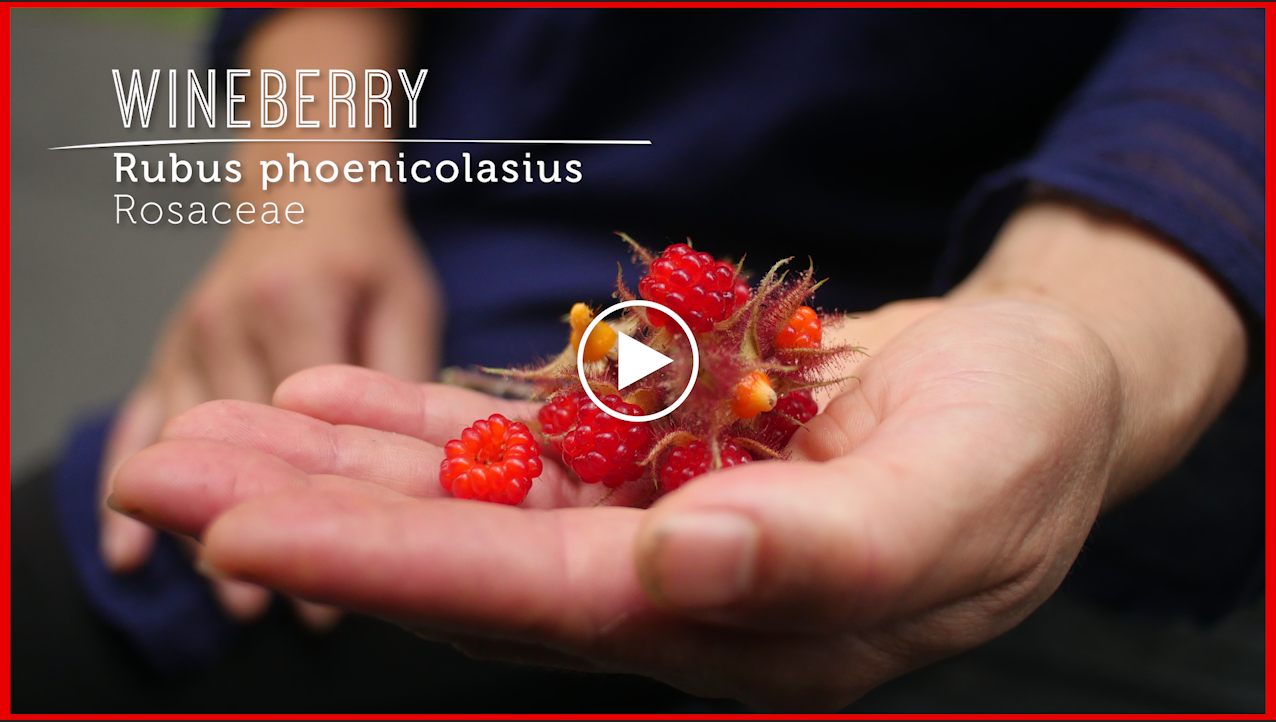Elderberry Syrup Master Recipe Makes about 20 oz
Flavorful and sweet, elderberry syrup can be added to smoothies, herbal teas, mixed drinks, and fermented sodas, or diluted into hot water or cold sparkling water. For a visually appealing and tasty treat, drizzle this dark magenta syrup onto yogurt, ice cream, custard or cheesecake. It also tastes great spread on pancakes and waffles, or used as cookie fillings.
Elderberry syrup can also be taken straight by the tablespoonful for nutritional and therapeutic support. Elderberries are rich in iron and bioflavonoids, and are an immune system tonic. They are helpful in preventing infections such as colds and flus; however, if already infected, they help us move through the illness.
To help with proper identification and harvest, please see our illustration below.


































